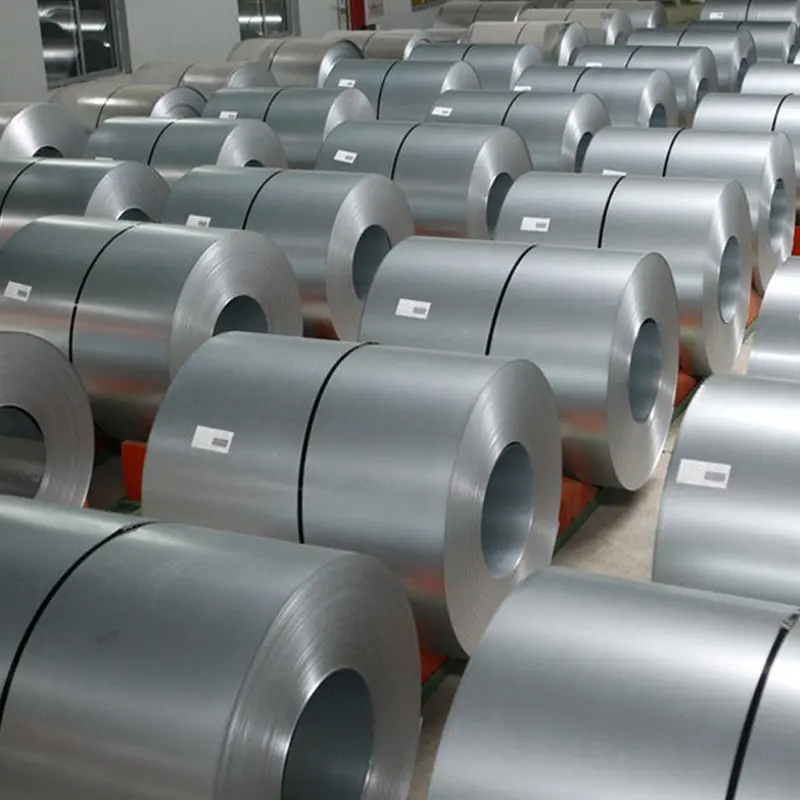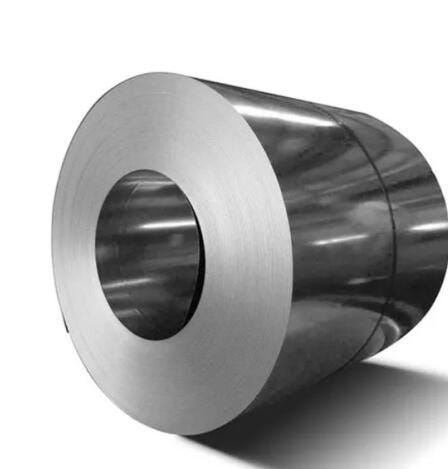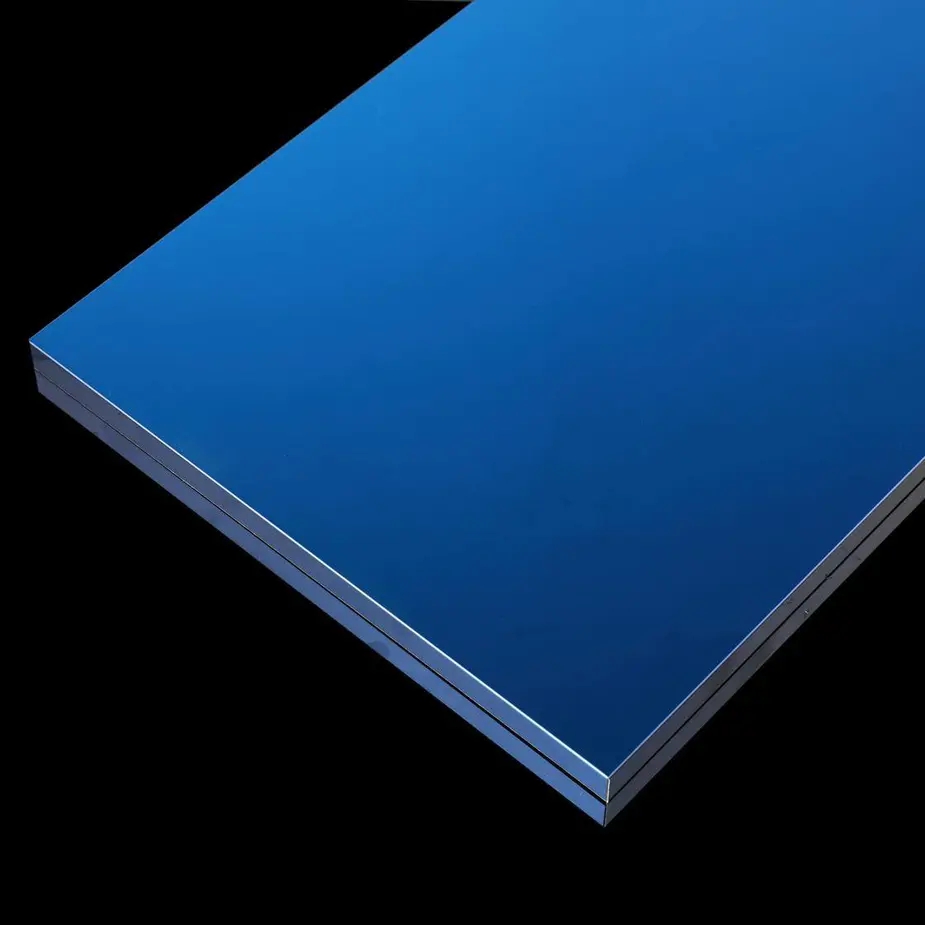What makes 409 stainless steel the go-to choice for automotive exhaust systems and other demanding applications? The secret lies in its unique blend of affordability, durability, and versatility. In this comprehensive guide, we'll take you under the hood to explore what sets 409 stainless apart, from its composition and properties to its manufacturing process and environmental impact. Whether you're an engineer specifying materials or a consumer curious about what makes your car tick, understanding the ins and outs of 409 stainless steel will give you a new appreciation for this unsung hero of modern industry. Let's dive in and discover why this workhorse metal deserves a closer look.

Composition and Properties

409 stainless steel coil is composed mainly of iron, chromium, and small amounts of other elements like titanium and niobium. The typical chemical composition is as follows:
| Element | Composition (%) |
|---|---|
| Carbon (C) | ≤ 0.08 |
| Silicon (Si) | ≤ 1.0 |
| Manganese (Mn) | ≤ 1.0 |
| Phosphorus (P) | ≤ 0.045 |
| Sulfur (S) | ≤ 0.045 |
| Chromium (Cr) | 10.5 - 11.7 |
| Nickel (Ni) | ≤ 0.5 |
| Titanium (Ti) | 6xC - 0.75 |
The chromium content in 409 stainless steel provides corrosion resistance by forming a passive oxide layer on the surface. However, its corrosion resistance is lower than that of austenitic stainless steels like 304 and 316, which have higher chromium content.
Mechanical Properties

409 stainless steel coil exhibits good mechanical properties, including:
- Tensile strength: > 380 MPa
- Yield strength: > 205 MPa
- Elongation: > 20%
- Hardness: < HRB 88
These properties make 409 stainless steel coil suitable for various forming and fabrication processes, such as stamping, drawing, and bending.
Applications of 409 Stainless Steel Coil
Automotive Exhaust Systems
409 stainless steel coil finds its primary application in the automotive industry, where its unique combination of properties makes it an ideal choice for exhaust system components. The good corrosion resistance, heat tolerance, and cost-effectiveness of 409 stainless make it well-suited for parts like:
- Catalytic converters, where it can withstand high temperatures and corrosive exhaust gases
- Mufflers and tailpipes, which benefit from its durability and resistance to rust and corrosion
- Exhaust manifolds, hangers, and other structural components that require strength and oxidation resistance
Industrial & Manufacturing Uses
Beyond the automotive sector, 409 stainless steel coil is used in a variety of industrial applications that demand a balance of performance and economy. Some common uses include:
- Heat exchangers and furnace components, thanks to its good high-temperature oxidation resistance
- Food processing equipment like baking pans and conveyor belts, due to its corrosion resistance and ease of cleaning
- Structural supports, brackets, and hangers in mildly corrosive environments
- Electrical transformer cases and enclosures, where its strength and corrosion resistance are assets
Other Applications
The versatility of 409 stainless steel coil lends itself to diverse applications across many industries. Its combination of mechanical properties, workability, and affordability make it a popular choice for:
- Agricultural equipment like spreaders and hoppers that require durability and resistance to corrosion
- Commercial kitchen equipment such as sinks, countertops, and exhaust hoods
- Architectural metalwork including flashing, trim, and roofing for industrial buildings
- Miscellaneous uses like chemical tanks, pressure vessels, and decorative metalwork
While 409 stainless steel coil may not have the highest corrosion resistance or most polished appearance among stainless alloys, its balanced properties and cost-effectiveness make it a workhorse material for many industrial, automotive, and manufacturing applications where utility and economy are paramount.
Manufacturing Process
409 stainless steel coil is typically produced through a combination of hot rolling and cold rolling processes. Here's a general overview of the manufacturing process:
- Melting and Casting: The raw materials are melted and cast into slabs or billets.
- Hot Rolling: The slabs or billets are heated and passed through a series of rollers to reduce their thickness and form hot-rolled coils.
- Pickling: The hot-rolled coils are pickled (chemically cleaned) to remove surface oxides and scale.
- Cold Rolling: The pickled coils are further reduced in thickness through cold rolling to achieve the desired dimensions and surface finish.
- Annealing: The cold-rolled coils may undergo annealing (heat treatment) to improve their ductility and formability.
- Finishing: The coils may undergo additional finishing processes, such as temper rolling, slitting, or cutting, depending on the desired final product form.
Quality Control and Standards
409 stainless steel coil is subject to various quality control measures and standards to ensure its performance and reliability. The American Society for Testing and Materials (ASTM) and the American Society of Mechanical Engineers (ASME) have established standards for the chemical composition, mechanical properties, and testing methods for 409 stainless steel coil.
The ASTM A240/A480 and ASME SA-240 standards define the requirements for 409 stainless steel coil, including three sub-categories based on the stabilization requirements: UNS S40910, UNS S40920, and UNS S40930. These standards specify the acceptable ranges for chemical composition, mechanical properties, and testing methods to ensure consistent quality and performance.
Surface Finishes
409 stainless steel coil can be finished in various ways to enhance its appearance and performance. Common surface finishes include:
- No. 1 Finish: A rough, dull finish produced by hot rolling and annealing.
- 2B Finish: A smooth, reflective finish achieved by cold rolling and annealing.
- BA (Bright Annealed) Finish: A highly reflective finish produced by bright annealing in a controlled atmosphere.
- No. 4 Finish: A brushed finish with a uniform grain pattern, often used in architectural applications.
More on stainless steel finishes
Sustainability and Eco-Friendliness
409 stainless steel coil is a sustainable and eco-friendly material due to its recyclability and durability. Stainless steel can be recycled multiple times without losing its properties, reducing the need for new raw materials and minimizing waste. Additionally, the corrosion resistance and long service life of 409 stainless steel coil contribute to its sustainability by reducing the need for frequent replacements and minimizing maintenance requirements.
Using 409 stainless steel coil in manufacturing can help reduce emissions of greenhouse gases and other pollutants, further contributing to a more sustainable and environmentally friendly manufacturing process.
Conclusion
409 stainless steel coil is a versatile and cost-effective material that offers improved corrosion resistance, oxidation resistance, and heat resistance compared to carbon steel. Its unique properties make it suitable for various applications, particularly in the automotive industry. With its sustainability, eco-friendliness, and adherence to quality control standards, 409 stainless steel coil is an excellent choice for manufacturers seeking a reliable and environmentally responsible material.
For more information on how to clean and maintain stainless steel coils, you can refer to our comprehensive guide.
FAQs:
What are the main applications of 409 stainless steel coil?
409 stainless steel coil is primarily used in automotive exhaust systems but also finds applications in catalytic converters, mufflers, tailpipes, heat exchangers, furnace components, structural hangers, transformer cases, and gaskets.
How does 409 stainless steel coil compare to other stainless steels like 304 and 316?
409 stainless steel coil offers good corrosion resistance and heat resistance but is generally lower than that of austenitic stainless steels like 304 and 316, which have higher chromium content.
Is 409 stainless steel coil environmentally friendly?
Yes, 409 stainless steel coil is sustainable and eco-friendly due to its recyclability and durability. It can be recycled multiple times without losing its properties and helps reduce emissions of greenhouse gases and other pollutants.


